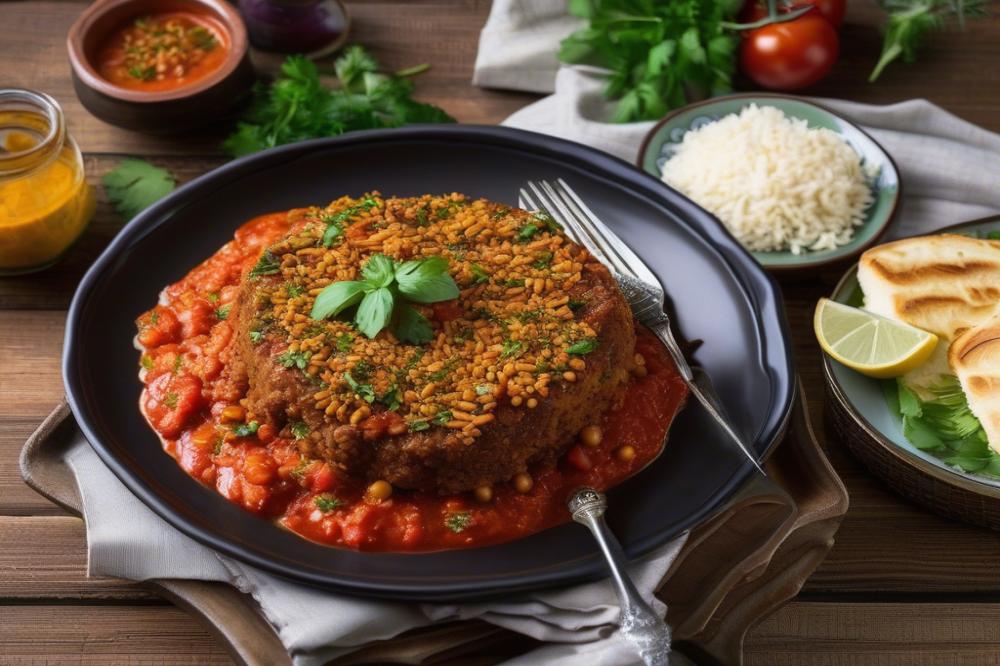Understanding Egyptian Fattah
Egyptian Fattah is a traditional recipe with deep roots in Middle Eastern cuisine. This dish is beloved for its rich flavors and unique preparations. Many families gather to make it, especially during festive occasions like Eid or weddings. The importance of Fattah transcends mere sustenance; it symbolizes togetherness and celebration.
The dish consists of several key components that work together in harmony. Tender lamb plays a central role, often cooked to perfection. This meat forms the foundation of the meal, complemented by a vibrant tomato sauce that adds both color and flavor. rice, a staple in many cultures, serves as a comforting base for the dish. Finally, crispy pita bread provides a delightful crunch. Each element comes together through a careful cooking method that highlights their individual qualities while creating a cohesive meal.
Spices enhance the profile of the dish, adding layers of taste. Garlic and vinegar are often included, offering aromatic and tangy notes that elevate the entire experience. As you learn more about Egyptian Fattah, you will discover its versatility. Variations exist across different regions, with each cook bringing their unique touch. Preparing this festive dish is not just about following a traditional recipe; it’s about embracing a culinary heritage that warms the heart.
Understanding Egyptian Fattah
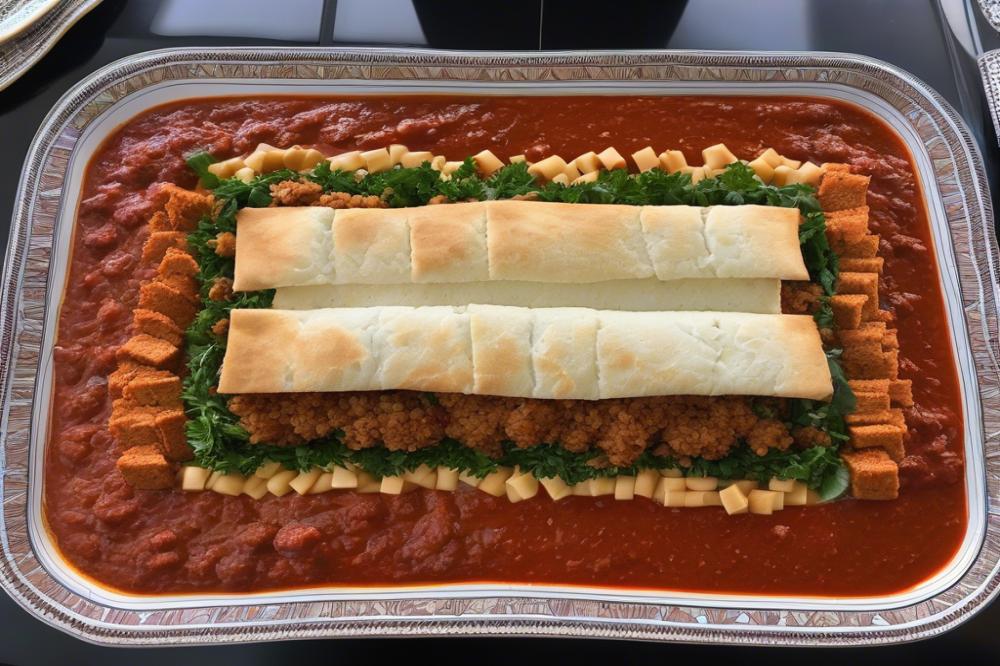
Egyptian Fattah has deep roots in the culture of Egypt. It is often served during special occasions, such as weddings and religious holidays. This festive dish showcases the importance of community and family in Egyptian traditions. The preparation reflects the skills passed down through generations. People gather to enjoy this meal together, making it a symbol of unity.
Variations of Fattah exist across the Middle East. Each region has its own twist on the recipe. For instance, in Lebanon, some families add chickpeas or use different spices to enhance the flavor. In Syria, the focus may shift to a different meat, such as chicken. These adaptations show how diverse Middle Eastern cuisine can be while retaining similar roots.
Main components of this dish include pita bread, rice, and meat. lamb is commonly used, but chicken can also serve as a substitute. A rich tomato sauce often accompanies the dish, bringing moisture and flavor. Garlic and vinegar add a tangy touch that balances the meal. Spices like cumin and coriander elevate the taste, creating a satisfying experience. Each ingredient plays a vital role in achieving the traditional recipe.
Ingredients List and Quantities
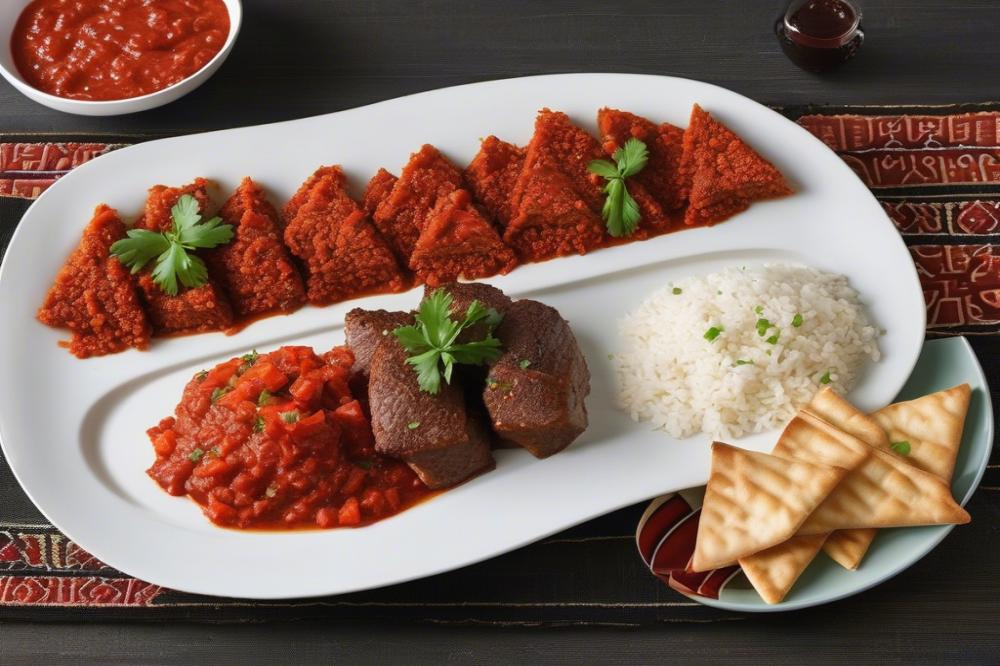
To create a delicious Egyptian Fattah, you will need specific ingredients that embody the rich flavors of Middle Eastern cuisine. Choosing the right lamb is essential. A lamb shoulder or shank, weighing about 2 lbs, is ideal for this recipe. Using quality meat enhances the overall taste.
Long-grain rice is another key component. You will require 2 cups for the perfect texture. This rice absorbs the flavors from the sauce and spices beautifully. Next, olive oil, measured at 1/4 cup, is necessary for cooking and adds depth to the dish.
Garlic is a must-have ingredient. Four minced garlic cloves will bring a robust flavor to the recipe. Using fresh tomato sauce, approximately 2 cups, enriches the meal further. This ingredient is vital for creating the sauce that blankets the Fattah.
White vinegar, at 1/4 cup, adds a crisp tang to balance the flavors. Pita bread is also included; four large pieces should be cut into smaller sections. This bread serves as a base, soaking up the juices from the meat and sauce.
Spices play an important role in this traditional recipe. A combination of ground cumin and ground coriander, each with a measure of 1 teaspoon, enhances the taste significantly. Finally, salt and black pepper are added according to personal preference, adjusting the seasoning to your liking.
For a beautiful presentation, fresh parsley is used for garnish. The vibrant green contrasts well with the rich colors of the dish, making it visually appealing. Preparing Egyptian Fattah allows you to engage with the festive spirit of the meal, linking tradition with modern cooking methods.
Cooking Instructions
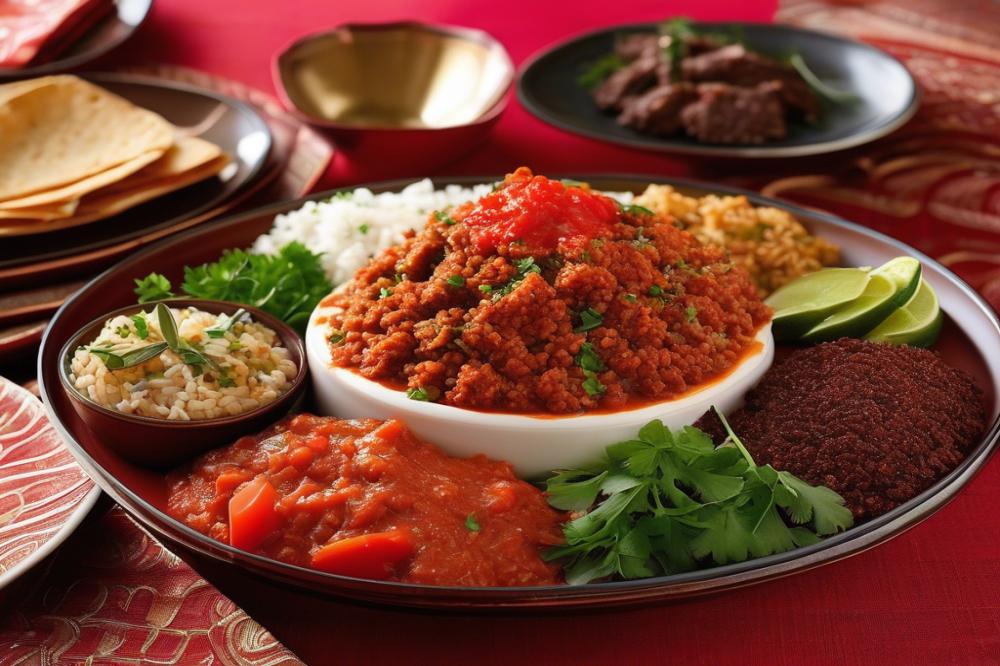
Preparing the Lamb
Marinating the lamb adds depth to flavor. Use a blend of spices, such as cumin, coriander, and black pepper. Allow the meat to soak up the marinade for at least two hours. Once marinated, brown the lamb in a pot. This cooking method locks in juices and flavors. After browning, add water. Simmer the lamb until it becomes tender. This usually takes about one to one and a half hours.
Cooking the Rice
Rinse the rice thoroughly to remove excess starch. This step is crucial for achieving fluffy grains. Once rinsed, cook the rice according to package instructions. Drain any water after cooking. Fluff the rice gently with a fork. This airiness is key to balancing the richness of other components.
Making the Tomato Sauce
In a separate pot, combine diced tomatoes, chopped garlic, and vinegar. Mix these ingredients carefully, allowing their flavors to meld. Simmer the sauce until it thickens and becomes fragrant. The addition of spices enhances the overall taste. Stir frequently to prevent sticking and burning.
Toasting Pita Bread
Choose fresh pita bread for the best texture. Toast each round until golden brown. Once toasted, let them cool slightly. Crumbling the bread into bite-sized pieces adds great texture to the dish. This crispy element complements the soft lamb and rice.
Plating the Fattah
Begin layering by adding rice on the bottom of a large serving plate. Next, spoon the succulent lamb over the rice. Drizzle the homemade tomato sauce generously on top. Finally, scatter the crumbled pita bread over the dish. Garnish with fresh herbs, if desired. This festive dish is now ready to serve, showcasing the charm of Middle Eastern cuisine.
Nutritional Information
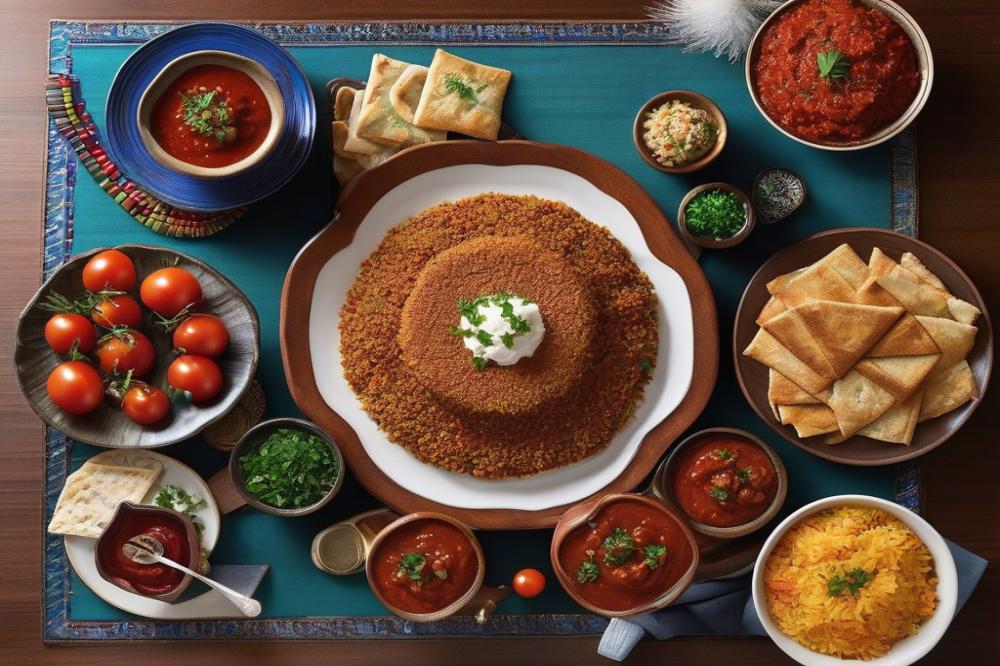
The recipe contains various ingredients, each contributing to its nutrition profile. For instance, lamb is a rich source of protein, providing essential amino acids that support overall health. One serving of lamb can offer around 25 grams of protein and approximately 20 grams of fat depending on the cut. This meat also supplies important vitamins like B12, necessary for energy and good brain function.
Rice, a staple in many diets, offers around 45 grams of carbohydrates per cup. It serves as the primary source of energy in this dish. Whole grains are preferable due to their fiber content, which can contribute to digestive health. Whole grain versions of rice provide additional nutrients, such as magnesium and iron.
Importance of Ingredients for a Balanced Diet
Combining these components creates a balanced meal. Garlic, used in the recipe, is not only flavorful but also beneficial to health. It possesses antioxidant properties and can support the immune system. The addition of spices enhances flavor while providing health benefits. Spices such as cumin and coriander have anti-inflammatory effects and can improve digestion.
Vinegar adds acidity to the dish, balancing richness and promoting appetite. It is also linked to improved blood sugar levels, making it a smart addition for those mindful of their sugar intake. Meanwhile, pita bread serves as a perfect vehicle for enjoying the layers of flavors in the dish. It’s a great source of carbohydrates that can complement the nutritional makeup.
Health Benefits of Key Ingredients
The lamb brings protein and essential fats to the table. In addition, garlic’s properties can help lower cholesterol and blood pressure, leading to better cardiovascular health. Whole grains like brown rice or bulgur introduced in the dish provide complex carbohydrates which help with sustained energy release. This is vital for anyone looking to maintain stable energy throughout the day.
Each ingredient in this traditional recipe adds not only unique flavors but also a wide array of nutrients. Enjoying Middle Eastern cuisine like this festive dish can offer a satisfying way to nourish the body. Adopting such cooking methods can encourage a diverse diet filled with nutrients necessary for overall well-being.
Serving Suggestions
Traditional Serving Style of Egyptian Fattah
Egyptian Fattah is often served in a way that highlights its layers. The dish typically consists of rice placed at the bottom, topped with pieces of tender lamb. A generous amount of tomato sauce is then poured over everything. This not only adds flavor but also gives the dish a beautiful color. Pita bread is commonly used, either as a base or as an additional side. It is customary to tear the bread into pieces and mix it with the rice and sauce. Garlic is a key component that enhances the flavors present in the dish.
Pairing with Salads or Sides
Many people enjoy serving salads alongside this favorite. A fresh salad made with cucumbers, tomatoes, and a drizzle of vinegar complements the dish nicely. The acidity from the vinegar can balance the richness of the lamb and tomato sauce. Other side dishes, such as roasted vegetables or a yogurt dip, can also be great companions. These pairings connect with the broader traditions of Middle Eastern cuisine. Complementary flavors elevate the overall experience, making each bite more enjoyable.
Recommendations for Festive Occasions and Gatherings
This festive dish is perfect for special occasions and gatherings. Families often prepare it for major holidays and events. It serves multiple people, making it an ideal choice when hosting friends or relatives. Consider enhancing the experience by adding an array of spices to the lamb or the sauce. Some might choose to prepare a larger batch to satisfy everyone’s appetite. Arrange the servings elegantly on the table. Sharing Egyptian Fattah invites everyone to partake and appreciate the flavors together. It creates an atmosphere of warmth and community during celebrations.
Wrapping Up the Flavor Journey
Fattah embodies the soul of Egyptian cuisine. This flavorful dish combines layers of rice, tender lamb, and a rich tomato sauce, creating a feast that is both satisfying and comforting. Each step in the preparation, from boiling the meat to the careful assembly of ingredients, contributes to its significance in family gatherings and celebrations. Serving it on festive occasions highlights its importance in cultural traditions.
Exploring the process of making this dish at home can be rewarding. Don’t hesitate to try it; the combination of flavors and textures is sure to impress family and friends alike. Watching the rice absorb the savory juices and tasting the harmony of lamb with the tangy sauce can be quite an experience.
In addition to making fattah, consider diving into other classic Egyptian recipes when you have the time. Each has its own story and place in culinary history. Exploring these dishes can deepen your appreciation for this rich cuisine. Each recipe offers a glimpse into the diverse flavors and traditions that make Egyptian food so special. Happy cooking!

